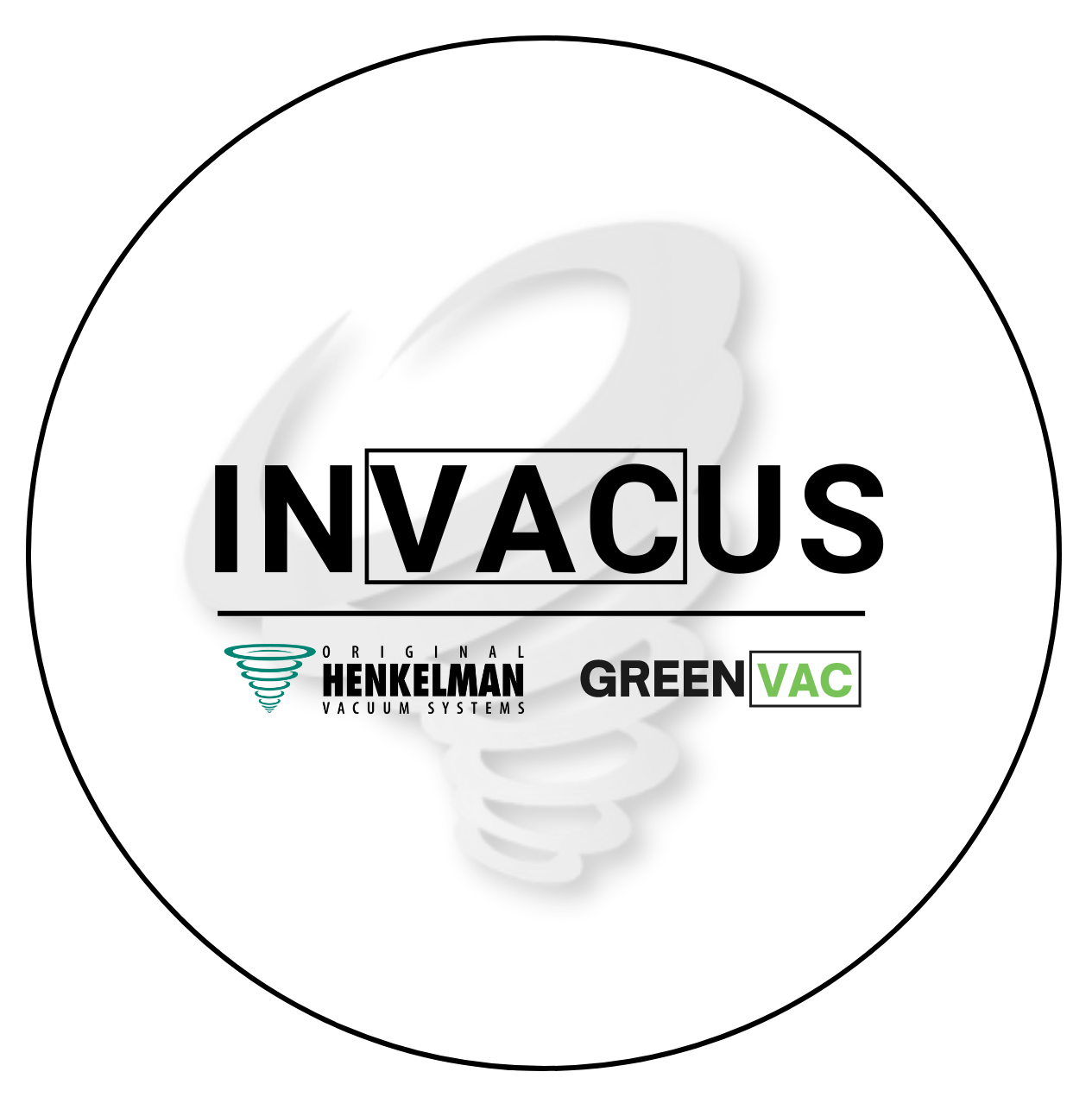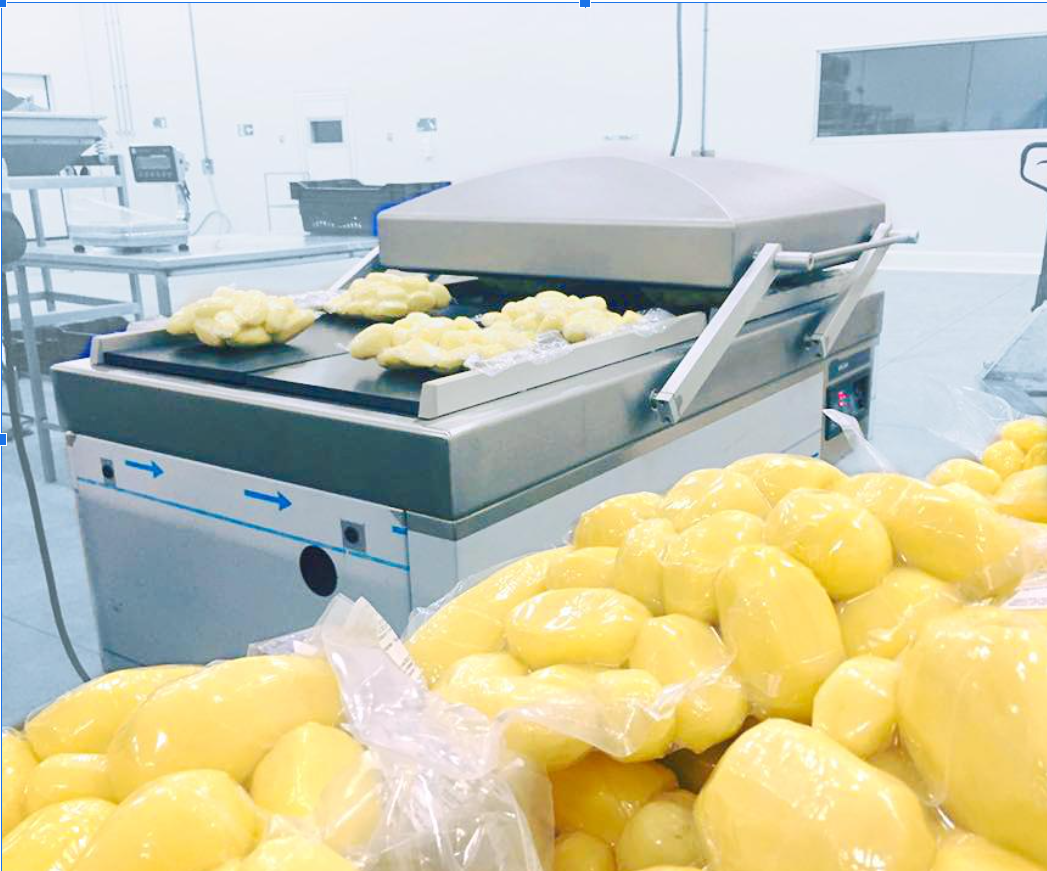What is Soft Air function by Henkelman?
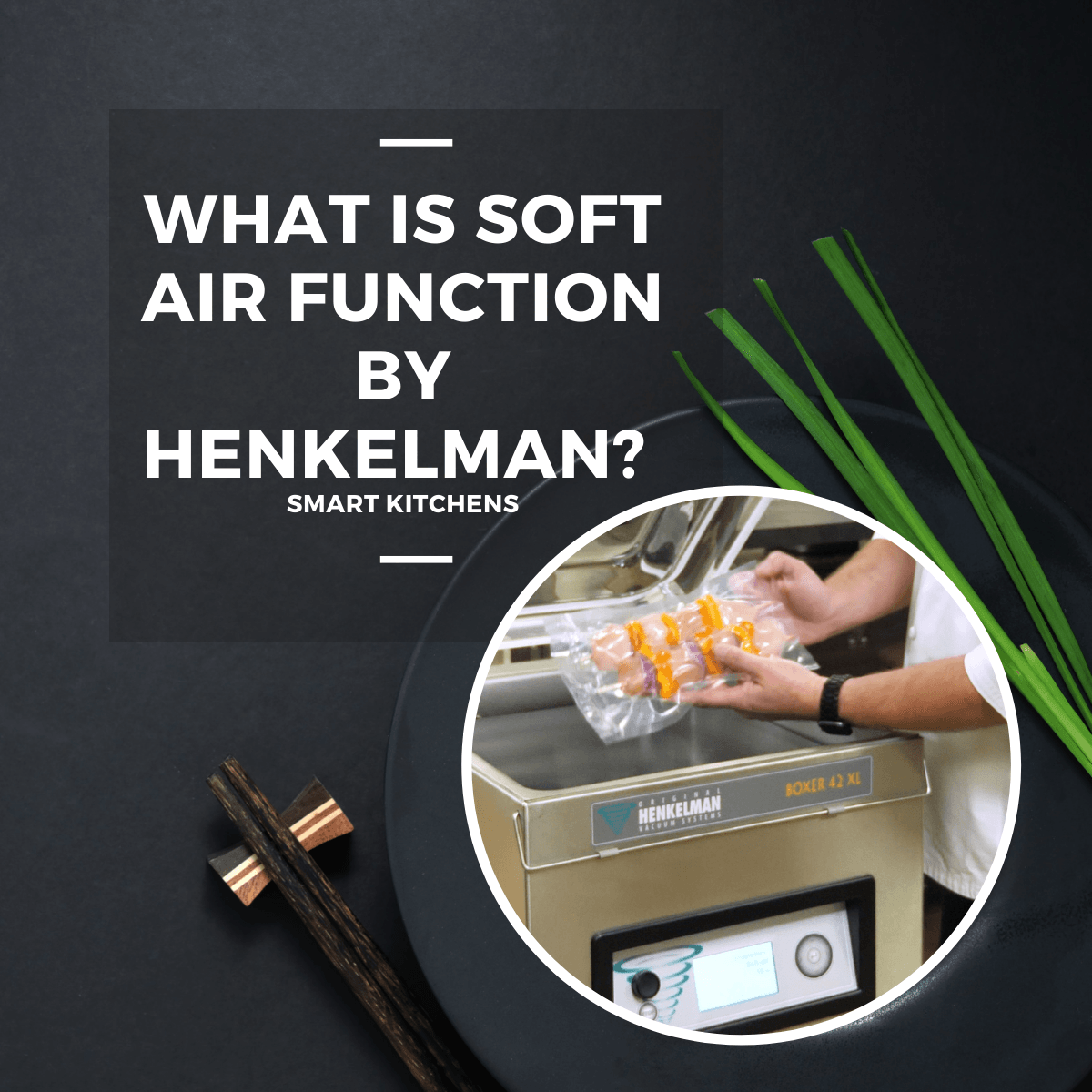
What is the CombiVAC soft air function?
-
What is soft air?
The Soft Air function is a standard function on all Henkelman Boxer, Marlin, and Polar chamber vacuum sealers. This function is especially useful for delicate items like fruits and skewers. When you use the Soft Air function, the machine will gradually extract air during a process called the aeration phase. This seals your food item gently and without damage to the product or the vacuum seal bag.
-
How does the Soft Air function work on a vacuum sealer?
The Soft Air function works by extracting air from the bag gradually during the aeration phase. This is done to avoid any damage to the food item or the vacuum seal bag.
-
Why do I need to use this function?
The Soft Air function is especially useful for delicate items that may be damaged if vacuum-sealed too quickly. This function also helps to prevent the squashing of delicate food items.
-
Which vacuum sealers offer the Soft Air function?
The Boxer, Marlin, and Polar chamber vacuum sealers all offer the Soft Air function.
-
Benefits of using the CombiVAC soft air function
The two main benefits to using the CombiVAC soft air function are:
- Seals delicate food items without damage
- Allows the vacuum sealing of sharp items like t-bone steaks, skewers, lobster tails, and more.
-
How to use the Soft Air function on a Henkelman vacuum sealer?
The Soft Air function can be used on any Henkelman Boxer, Marlin, or Polar chamber vacuum sealer. It is easy to use – just follow these simple steps:
- Plug in the vacuum sealer and turn it on
- Place the food item in the vacuum seal bag
- Make sure that the bag is lying flat on the sealing surface
- Select the Soft Air function from the menu
- The machine will start aerating the bag and will gradually extract air. When the aeration phase is complete, the vacuum sealer will beep and the machine will automatically stop.
-
Tips for getting the best results from the CombiVAC soft air function
Here are a few tips to help you get the best results from the CombiVAC soft air function:
- Make sure that the food item is lying flat on the sealing surface to ensure a good seal
- For delicate items, do not vacuum seal for more than 5 seconds
- If your food item is very delicate, you can perform the aeration phase twice for a better result
-
FAQ's about the Soft Air function on a Henkelman vacuum sealer
Q: What is the aeration phase?
A: The aeration phase is the process where air is gradually extracted from the vacuum seal bag. This helps to avoid any damage to the food item or the vacuum seal bag.
Q: What happens if I vacuum seal for too long?
A: If you vacuum seal for too long, you may damage the food item or the vacuum seal bag. It is best to vacuum seal delicate items for no more than 5 seconds.
Q: Can I use the Soft Air function on other types of foods?
A: The Soft Air function can be used on most types of food items. However, it is not recommended to use this function on very thick items or those that are already moist.
Q: What if the food item is too large for the vacuum seal bag?
A: If the food item is too large for the vacuum seal bag, you can cut it into smaller pieces. Make sure that the food item is lying flat on the sealing surface before starting the aeration phase.
Q: Will the Soft Air function work with all types of vacuum seal bags?
A: The Soft Air function will work with all types of vacuum seal bags.
Q: What happens if the machine doesn’t stop automatically at the end of the aeration phase?
A: If the machine doesn’t stop automatically at the end of the aeration phase, you can press the Stop button to stop it.
Q: What should I do if the food item doesn’t fit into the vacuum seal bag?
A: If the food item doesn’t fit into the vacuum seal bag, you can cut it into smaller pieces. Make sure that the food item is lying flat on the sealing surface before starting the aeration phase.
Q: What is the difference between the Soft Air function and the Normal function?
A: The Soft Air function is used to seal delicate food items without damage. The Normal function is used to seal all other types of food items.
-
In Conclusion
So, there you have it – the benefits of using the soft air function on Henkelman vacuum sealers. How could the Soft Air technology help your commercial kitchen operation?
Reduced product damage – The aeration phase gently extracts air from the vacuum seal bag, which helps to avoid any damage to the food item or the vacuum seal bag. This is especially useful for delicate items like fruits and skewers.
Eliminated freezer burn – When you use the Soft Air function, you can significantly reduce freezer burn. This is because the food item is not exposed to the high levels of air pressure that can cause freezer burn.
Safer working conditions – With the Soft Air function, you don’t have to worry about vacuum sealing delicate food items by hand. This is because the machine will do all the work for you, so you can safely operate the machine.
So, if you’re looking for a way to reduce product damage, eliminate freezer burn, and create safer working conditions in your commercial kitchen operation, then look no further than the soft air function on Henkelman vacuum sealers. Thanks for reading!
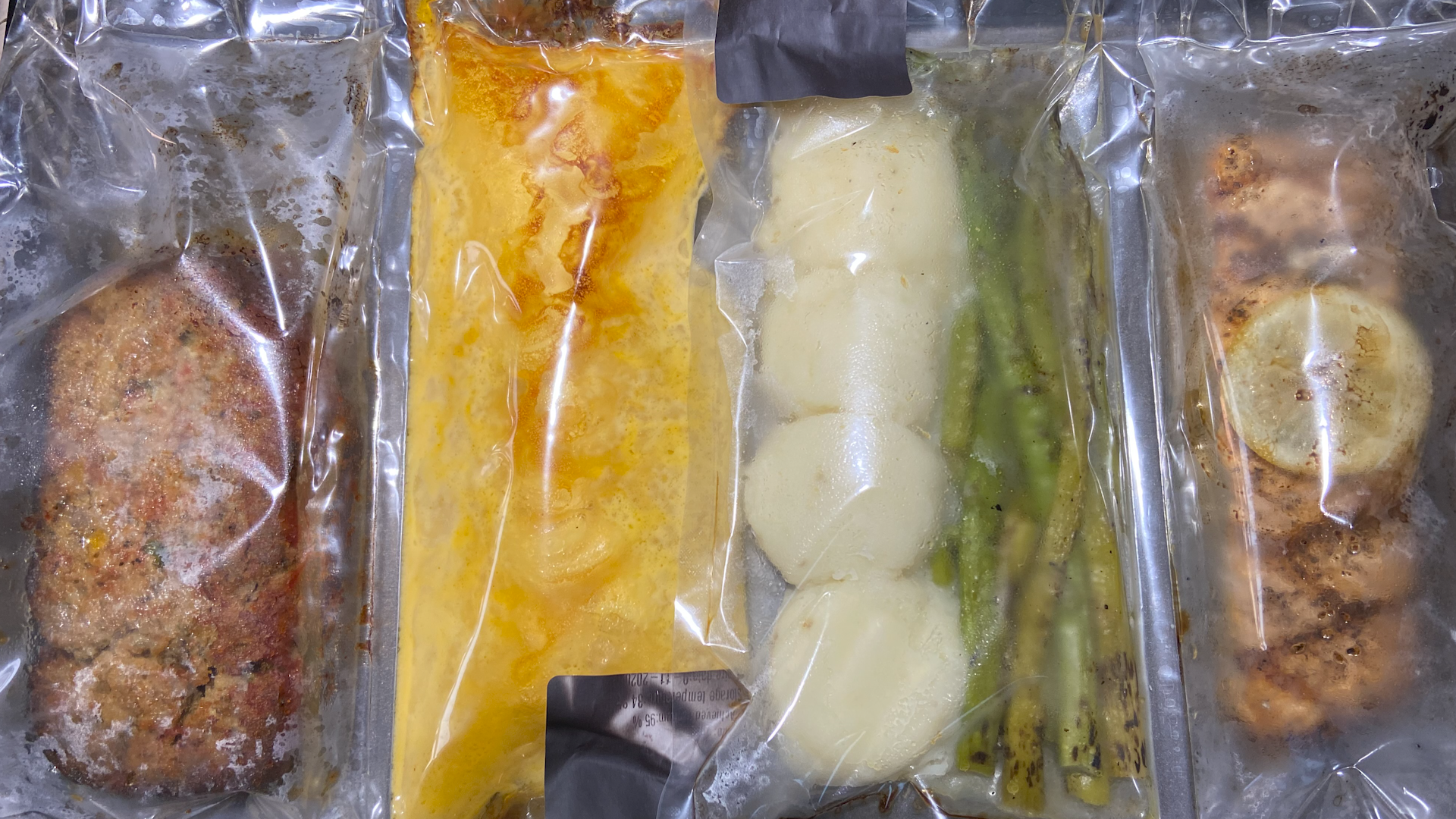
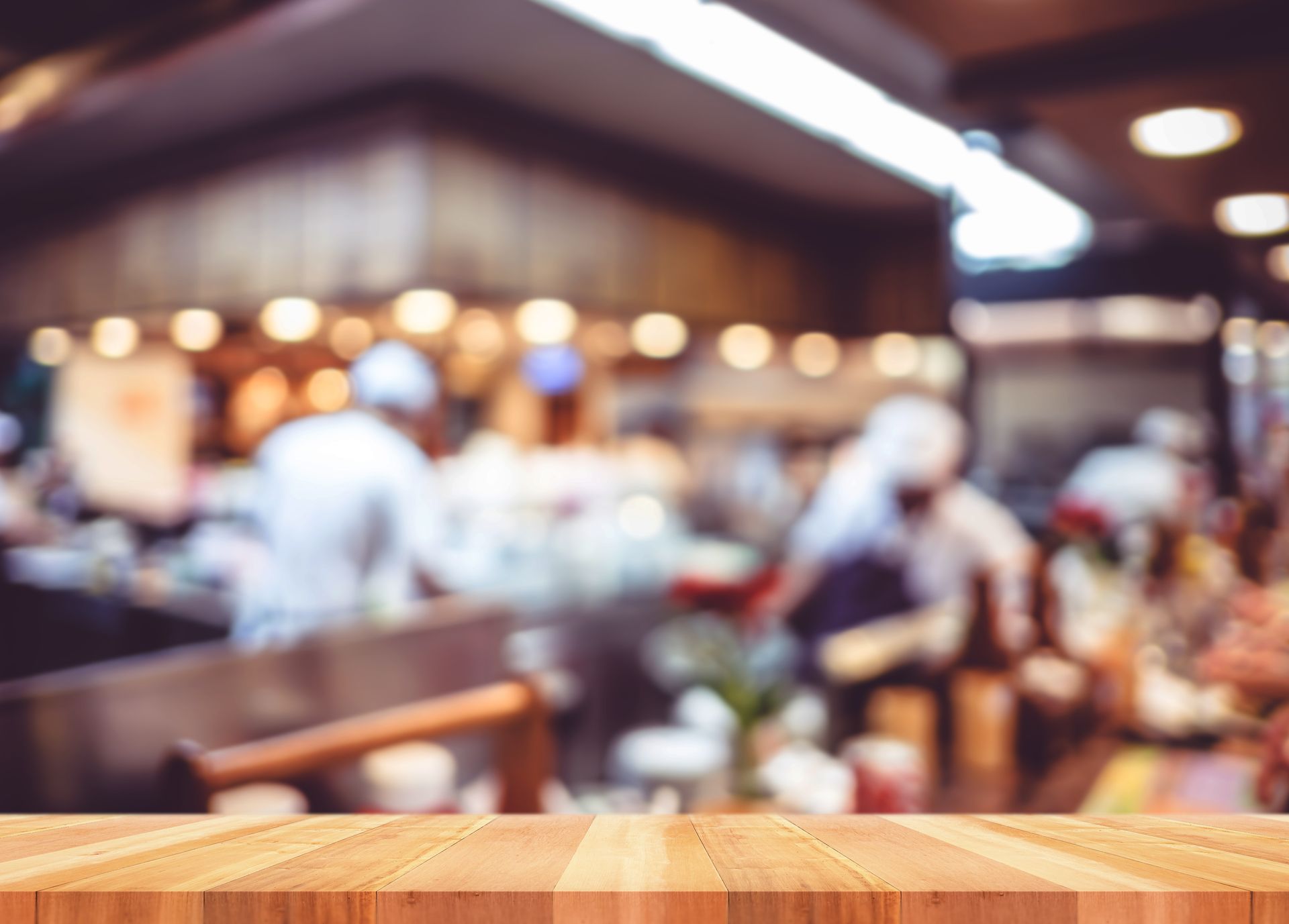
FAST SHIPPING
North American Inventory & Distribution.
INVACUS CARES
Ask about our community involvement.
Send me more info
Contact Us
We will get back to you as soon as possible.
Please try again later.
All Rights Reserved | Invacus LLC
